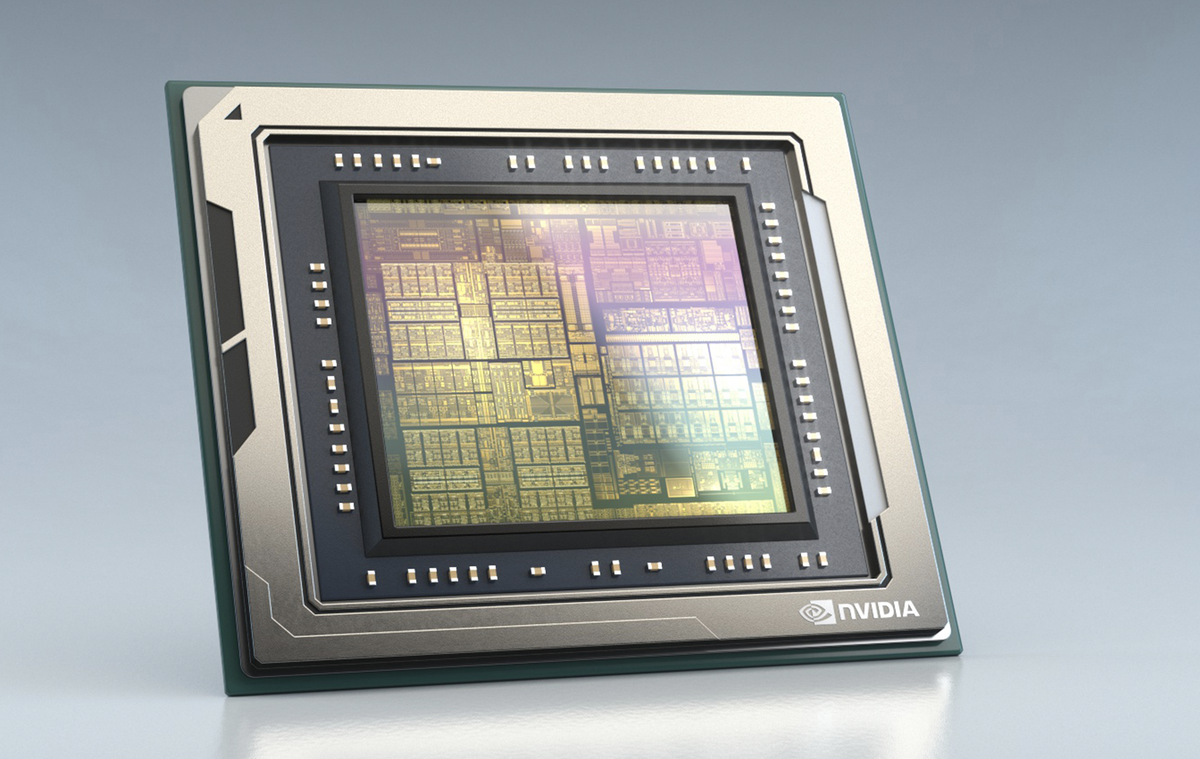NIO has partnered with Nvidia and Qualcomm in the development of the next generation of automated vehicles.
The Chinese vendor, which holds a strong position in its domestic electric vehicle (EV) market, said that Nvidia’s Drive Orin system-on-a-chip (SoC) will be harnessed to power the next rollout of smart EVs, due for release in 2022.
The EV’s “supercomputer,” dubbed “Adam” internally, is based on Orin processing capabilities and artificial intelligence (AI).
Nvidia Orin is an SoC, first introduced back in 2019, that has been designed for autonomous vehicles and the robotics market. The processor is capable of 254 trillions of operations per second (TOPS) at its peak, but can also be scaled down for implementation in entry-level products.

“Orin is designed to handle the large number of applications and deep neural networks that run simultaneously in autonomous vehicles and robots, while achieving systematic safety standards,” Nvidia says, adding that the chip could be a suitable match for Level 2 to Level 5 self-driving vehicles.
NIO says that four of the Orin SoCs will feature in the ET7, the first saloon vehicle in the company’s lineup. According to the company, the ET7 is capable of going from zero to 100km in 3.9 seconds and will feature a 150kw battery for extended range.
The ET7 will not only rely on Nvidia’s computing power, however. Qualcomm, too, will have a part to play in the performance and capabilities of the new EV, by providing the Qualcomm Snapdragon Automotive Cockpit and 5G platforms.
With a focus on next-generation mobile connectivity, these solutions will provide enhanced display capabilities for drivers and advanced telemetry for the vendor.
“The [5G] platform can effectively support automakers like NIO to develop faster, safer, and differentiated telematics products for the next-generation connected vehicles,” Qualcomm says. “[…] NIO ET7 can provide rich applications and immersive emotional experiences, enabling more intelligent connectivity and autonomous driving use cases.”
Last week, Mercedes debuted the MBUX Hyperscreen, the latest version of its infotainment system, to be implemented in new Mercedes-Benz S-Class vehicles. The infotainment dashboard is powered by Nvidia processors and utilizes AI to analyze data including car positions, temperatures, and to provide recommendations such as local points of interest to drivers.
In related news, on January 11, Baidu and Zhejiang Geely Holding Group announced the creation of a new joint venture (JV) specializing in self-driving cars. The new company will merge Baidu’s intelligent driving technologies with Geely’s design and manufacturing resources.
Previous and related coverage
Have a tip? Get in touch securely via WhatsApp | Signal at +447713 025 499, or over at Keybase: charlie0
